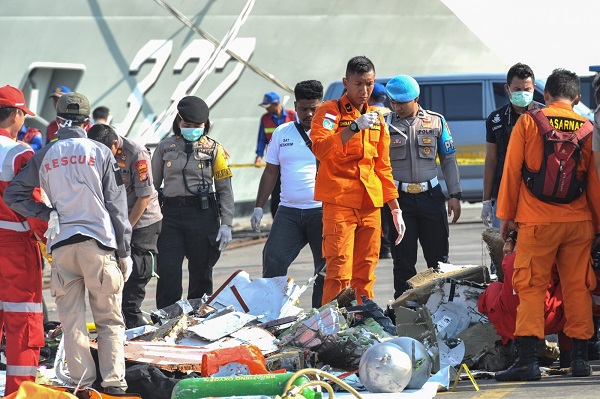
Washington, A new statement from Boeing has indicated that the aerospace manufacturer knew about a problem with the 737 MAX aircraft well before the deadly October 2018 Lion Air crash in Indonesia killing 189 people, but decided not to do anything about it.
Boeing previously acknowledged that an alert system that was supposed to be a standard feature in the fleet “was not operable on all airplanes”, reports CNN.
But the statement released on Sunday describeed a troubling timeline that shows how long some at the company were aware of the problem before finally deciding to act.
Boeing maintained that the software issue “did not adversely impact airplane safety or operation”.
It’s not known if the lack of the alert function played a role in the Lion Air accident and the March 10 Ethiopian Airlines crash, which killed 157 people.
But the disagree alert could have notified pilots that a sensor was malfunctioning. In both disasters, preliminary investigations suggest faulty data from a malfunctioning angle of attack (AOA) sensor triggered the aircraft’s anti-stall software, known as MCAS, which pitched down the nose of the planes as pilots struggled for control.
In Sunday’s statement, Boeing said that its senior leadership and the Federal Aviation Administration (FAA) did not know about the issue until after the Lion Air crash.
Neither the FAA or Boeing interfered with the fleet’s operations until the Ethiopian Airlines crash.
The crashes led to the grounding of the 737 MAX jets worldwide, while Boeing continues working to fix the problem.
Boeing said it was issuing a display system software update “to implement the AOA Disagree alert as a standard, standalone feature before the MAX returns to service”.
“When the MAX returns to service, all MAX production aircraft will have an activated and operable AOA Disagree alert and an optional angle of attack indicator,” the company said.
“All customers with previously delivered MAX airplanes will have the ability to activate the AOA Disagree alert.”









